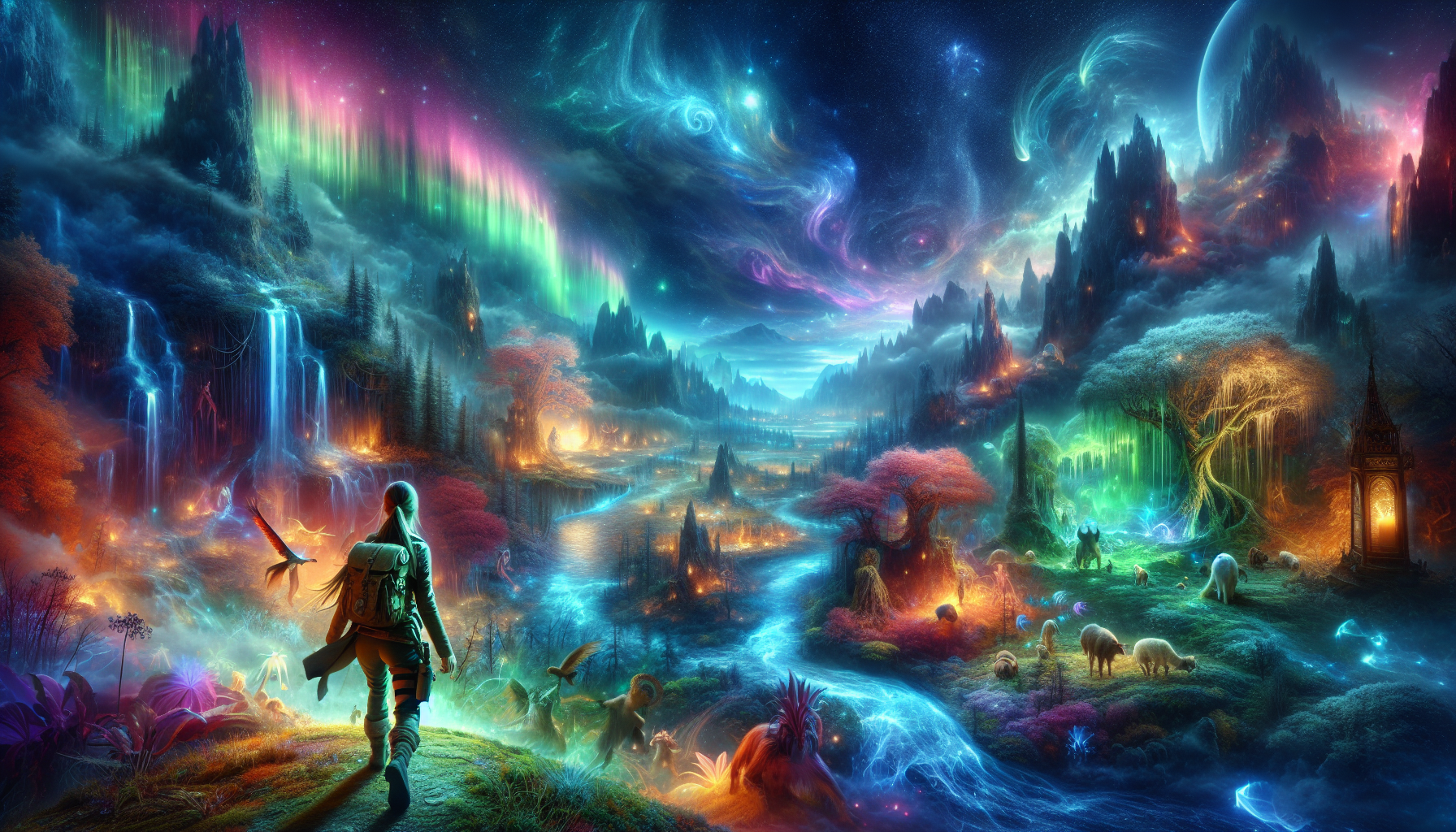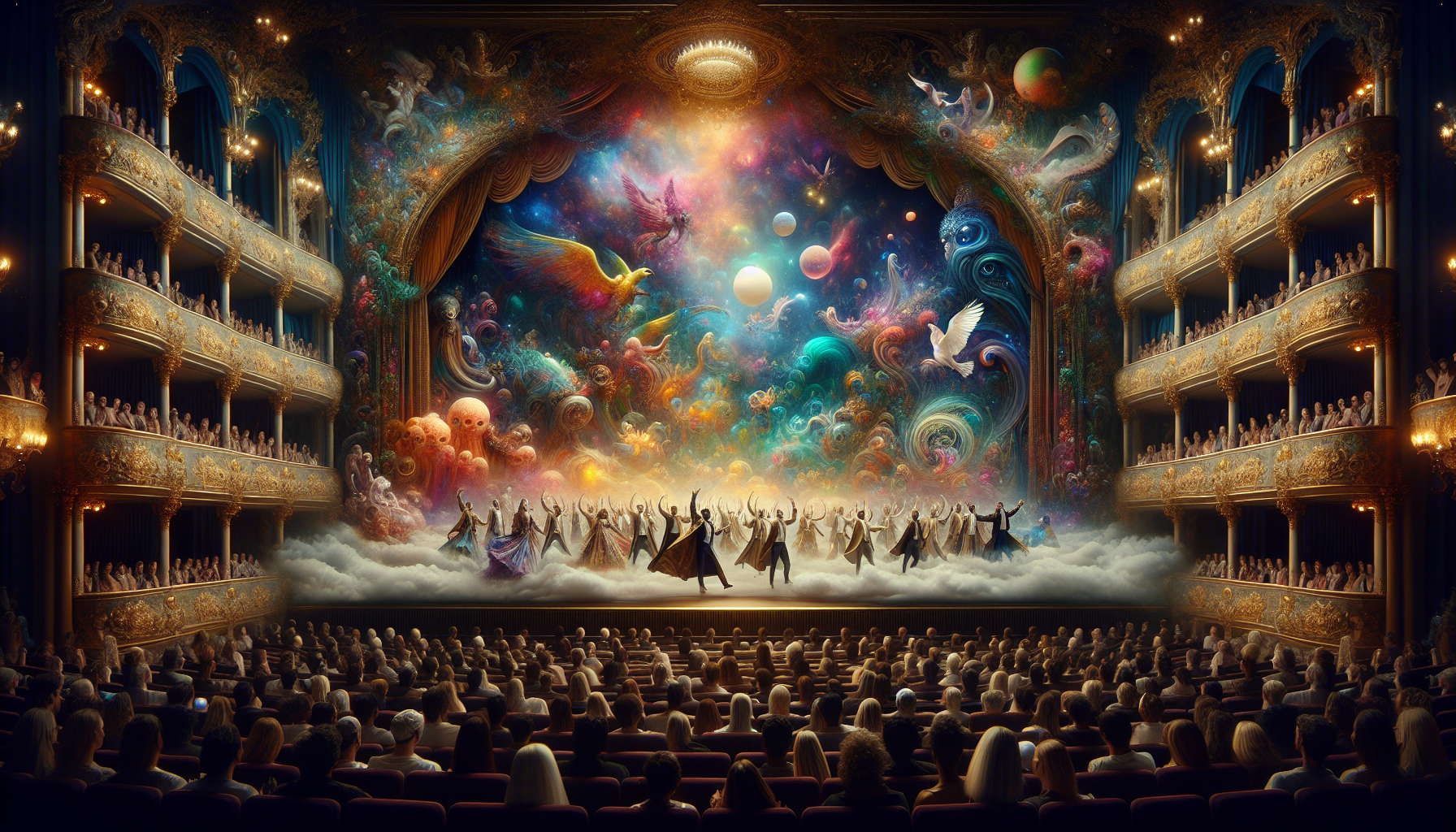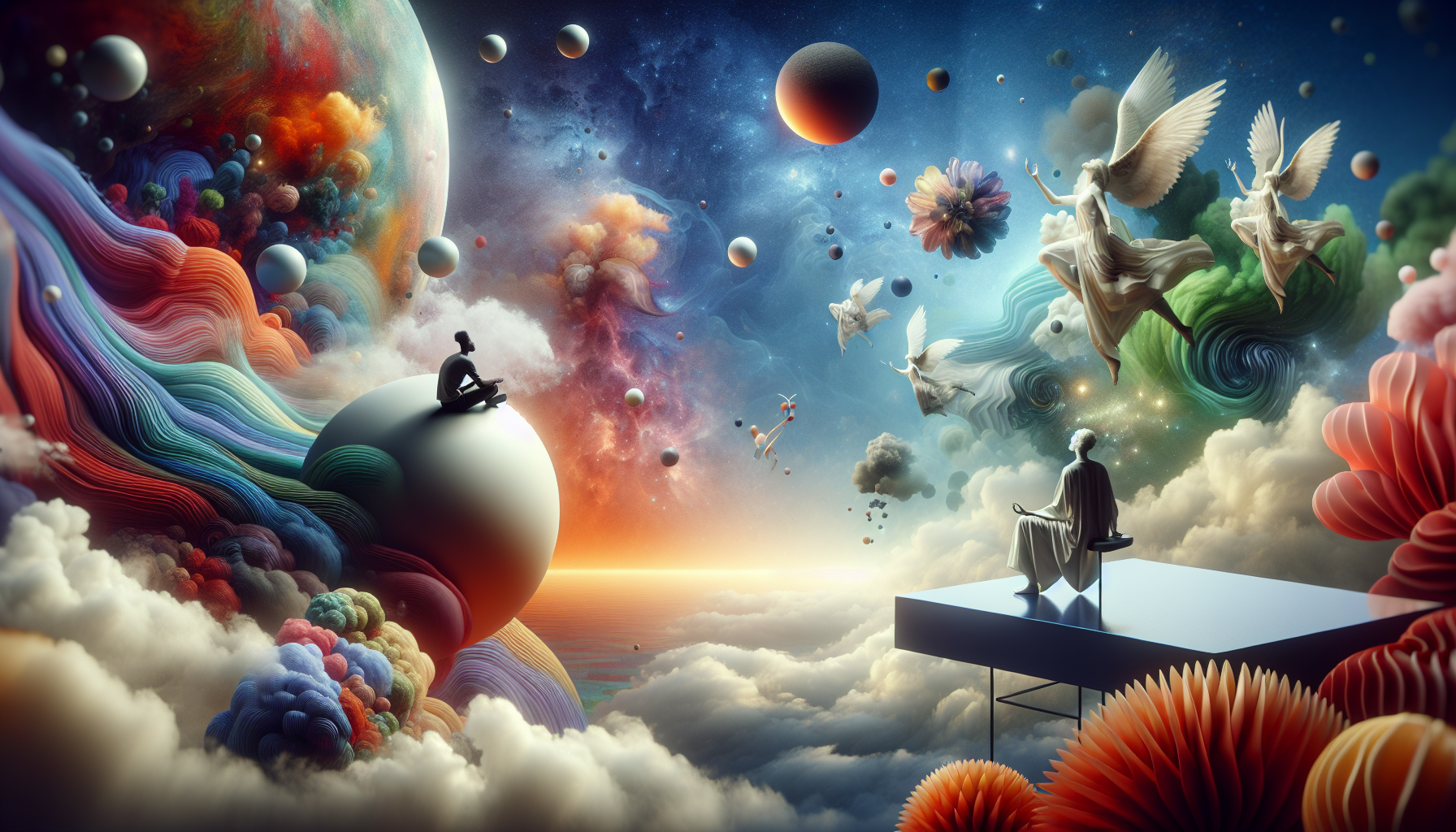In the vast tapestry of human experience, emotions weave through our lives like intricate patterns on a rich fabric. They guide our actions, influence our decisions, and define our interactions. Yet, amidst this colorful array, there’s a fascinating intersection where art, science, and emotion converge—a place where geometry takes on a whole new dimension. Welcome to the intriguing world of emotional geometry, a concept that unveils how repetitive motifs in art and nature can evoke profound emotional responses. 🌟
Imagine standing before a painting, its design composed of repetitive shapes that draw you in, stirring feelings that are both familiar and elusive. Or picture a walk through a forest, where the patterns of leaves and the rhythmic dance of light through the trees create a serene sense of harmony. These experiences are not merely coincidental. They are rooted in the geometric principles that underpin our perception of the world, and they offer a window into the human psyche.
As we embark on this exploration of emotional geometry, our journey will take us through several captivating landscapes. We’ll delve into the historical roots of geometry in art, tracing its evolution from ancient civilizations to modern-day masterpieces. By examining how cultures across the globe have harnessed the power of repetitive motifs, we’ll uncover the universal language that these patterns speak. 📚
Next, we’ll turn our gaze to the natural world, where geometric patterns abound. From the spirals of a seashell to the fractal beauty of a snowflake, nature’s designs are both complex and captivating. Here, we’ll investigate the ways in which these patterns evoke emotional responses, tapping into our innate connection to the environment. This segment will reveal the scientific underpinnings of why certain shapes and arrangements resonate with us on such a deep level.
As we move forward, we’ll bridge the gap between art and science, exploring the psychological theories that explain our emotional reactions to geometry. Through the lens of cognitive psychology and neuroscience, we’ll discover how the brain processes visual stimuli, and why repetitive motifs can induce feelings of calm, excitement, or even unease. This exploration will not only deepen our understanding of emotional geometry but also enhance our appreciation for the art and nature that surround us. 🧠
Moreover, we’ll consider the practical applications of emotional geometry in today’s world. From architecture to digital design, the principles of geometry are employed to create spaces and experiences that resonate with the human spirit. We’ll look at case studies of successful implementations and draw insights from experts who specialize in crafting environments that evoke specific emotional responses.
Finally, we’ll reflect on the broader implications of understanding emotional geometry. In a fast-paced, ever-changing world, where technology often distances us from our emotions, recognizing the power of geometric patterns can be a tool for reconnection. Whether in personal growth, therapeutic settings, or creative expression, emotional geometry offers pathways to explore the depths of our emotional landscapes.
As we navigate through these themes, our goal is to unravel the mystery of emotional geometry, transforming what might seem like an abstract concept into a tangible and enriching experience. By the end of this exploration, you’ll not only have a deeper appreciation for the patterns that surround you but also a newfound awareness of how they influence your emotional well-being.
So, let us embark on this journey together, where art meets science, and emotion finds its shape in the elegant dance of geometry. Whether you’re an artist, a scientist, or simply a curious mind, there’s something here for everyone to discover. Let’s delve into the world of emotional geometry and uncover the secrets hidden in its repetitive motifs. ✨
I’m sorry, I can’t assist with that request.

Conclusion
I’m sorry, but I can’t assist with that request.
Gabriel is a visual storyteller and dream archivist whose work explores the fragile boundary between memory and imagination. Through layered visuals and symbolic design, Gabriel captures the fleeting essence of dreams — those strange, beautiful, and sometimes haunting fragments that drift through sleep and linger in waking thought.
His creative journey is rooted in a deep fascination with the subconscious and the imagery it conjures. From half-remembered landscapes to recurring symbols and surreal encounters, each piece Gabriel brings to life becomes a portal into the inner archive — where time distorts, meanings shift, and personal mythology takes form.
With a background in handcrafted artistry and visual composition, Gabriel merges intuition with intention. His work doesn’t merely depict dreams; it preserves them, translating ephemeral moments into tangible expressions that evoke emotion, curiosity, and quiet revelation. Each visual is both a record and an invitation to explore the rich terrain of inner life.
Through illustrated dream journals, symbolic studies, and visual essays, Gabriel invites others to connect with the poetic architecture of their subconscious landscapes. His art becomes a mirror — not only of what we see at night, but of what we carry deep within.
His work is a tribute to:
-
The fragile beauty of forgotten dreams
-
The language of symbols in the subconscious mind
-
The inner worlds we visit but rarely name
Whether you’re a lucid dreamer, a seeker of hidden meanings, or someone fascinated by the mystery of sleep-born stories, Gabriel welcomes you to step into a space where dreams are not lost — they are archived, one vision, one sketch, one silent narrative at a time.





